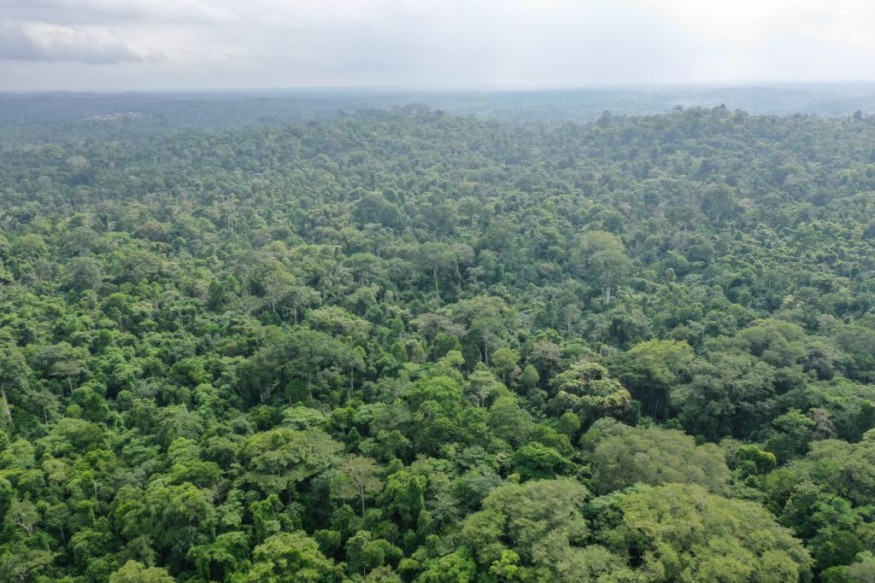According to the broadest ever global examination of their impacts, national parks, and other protected areas have had mixed effectiveness in saving species.

Analyzing Thousands of Data
Scientists analyzed the patterns of more than 27,000 populations of wetland birds using data from 1,506 protected areas throughout the world. They discovered that improved support for the birds had not always benefitted.
According to the researchers, the study, which was published today in the journal Nature, has significant consequences for the campaign to conserve 30% of the Earth for wildlife by the end of the decade. The findings suggest that park management is critical for protecting species and their habitats and that parks that lack such direction are more likely to be ineffective.
"We know that protected areas may help minimize habitat loss, particularly deforestation," said lead author Dr. Hannah Wauchope of Exeter University's Centre for Ecology and Conservation. "However, we know less about how protected areas aid animals. Our research demonstrates that while many protected places are effective, many others are not.
Putting Emphasis
"We need to put a greater emphasis on ensuring that regions are well-managed to support biodiversity."
Governments are discussing biodiversity objectives for the coming decade, with dozens of nations agreeing to safeguard 30% of land and sea by 2030. Although this study only looked at waterbirds, experts say their abundance, ability to colonize and depart sites rapidly, and data quality made them a suitable proxy for other animals.
In 68 nations, scientists analyzed waterbird population patterns before and after protected areas were established and the trajectories of identical waterbird populations inside and outside protected areas. Many of the data points were gathered by volunteers.
"We're not arguing that protected areas are ineffective," Wauchope added. "The crucial point is that their effects vary dramatically. The most important factor is whether they are administered with species in mind - we can't expect protected areas to function without proper management."
"It indicates that larger protected zones are preferable to smaller ones."
"There are significant initiatives endorsed by Emmanuel Macron, Boris Johnson, and others to expand protected areas to reach 30 percent of the earth by 2030," said co-author Julia Jones, a lecturer at Bangor University. But it's critical to determine if these protected places genuinely provide.
Comparing Studies
Only a few studies have examined whether protected areas can successfully prevent or reverse population reductions. It appears simple, yet it is rather tough to do.
The research provides precious indicators of how conservation might be enhanced to yield better results for species.
Waterbirds are an excellent example of a population confronting the repercussions of human behaviors that promote biodiversity loss, according to Thomas Brooks, the head scientist at the International Union for Conservation of Nature, who was not involved with the research.
Birds All Over the World
Waterbirds are found throughout the world. They are very migratory and nest at high latitudes, in Arctic tundra and wetlands, and across the rest of the planet.
"They are subjected to various challenges at various phases of their lives, including the effects of unsustainable harvesting and climate change," he explained.
He went on to say that the research has significant implications for conservation management.
For more Environmental News, don't forget to follow Nature World News!
© 2025 NatureWorldNews.com All rights reserved. Do not reproduce without permission.





